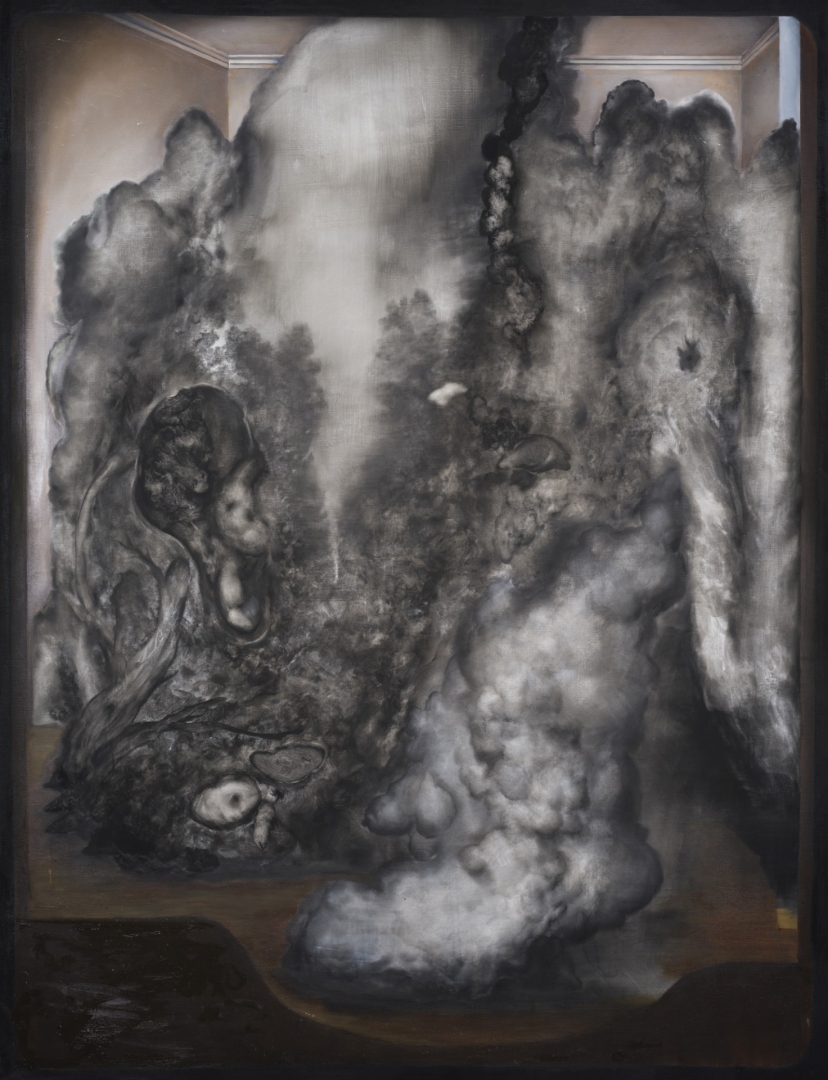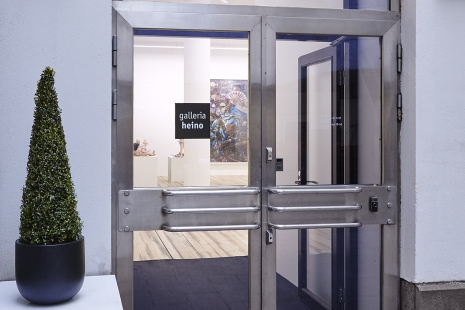Reality is what it is, but these hidden motives mean that it appears experientially as something else in the psyche. Light does not appear to me as a prism, nor love as brain chemical formulae. For example, the fascinating animal arrangements in a natural history museum evoke strangeness rather than perception in me. In their dead rigidity, they bring out the contradictions between images and reality, and the friction welling up between me and the world. They remind me of the potential brutality that is invariably present in our biological foundation behind our cultural mind and ideals. Nature is beautiful, but it is also a cruel and selfish realm of bacteria and dirt in a constant state of regeneration and decay.
However, the deeper I attempt to go to understand the origin of my experience, the more vague things combine into a mixture of carnal and psychic emotion. Feelings defy even the most logical psychological, cultural and biological definitions. My own mind and the world remain strangers.
Instead of anxiety in the formless emotions defying verbal definitions, there is also beauty and a wealth of possibilities emerging from the chaos. When we look at Hieronymus Bosch’s depictions of hell, which has been more interesting through the ages? The eternal azure peace and order above or the fantastic mixed forms in the turmoil of demons fallen from the pre-ordained natural order below?
In my work, I have brought to the stage of various museum spaces and dioramas visual propositions of this vagueness because we can’t explore it in any real museum. Museums are some kind of archives of collective world experiences and belief, but the double exposures that the mind projects onto reality ultimately remain everyone’s own.
Teemu Korpela





